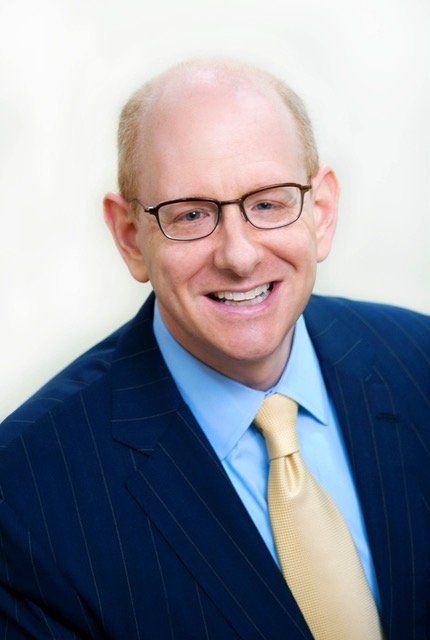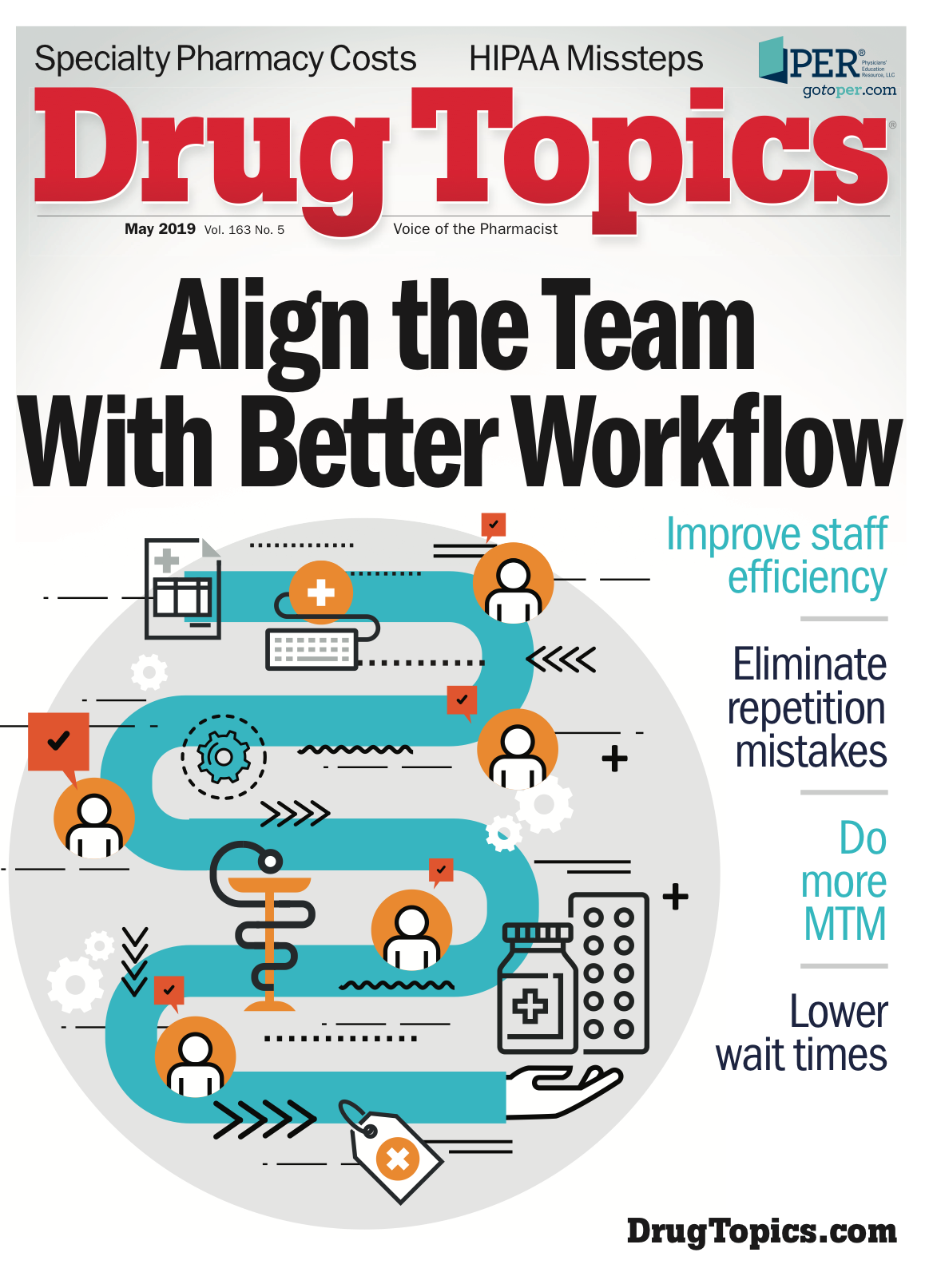Specialty Pharmacies On the Rise
Growth is seen in healthcare settings, but still dominated by independent locations.

Adam J. Fein

Specialty pharmacies - particularly in healthcare settings - continue their rapid growth. More than 900 unique pharmacy locations received specialty pharmacy accreditation by the end of 2018, a 25% increase from 2017, according to a DCI report.
The 911 specialty pharmacies operating in 2018 is more than double the number of specialty pharmacy locations in 2015, a new Drug Channels Institute (DCI) report shows. DCI released the report ahead of Asembia’s Specialty Pharmacy Summit, April 29-May 2 in Las Vegas, NV.
Pharmacy locations owned by healthcare providers - hospitals, health systems, physician practices, and providers’ group purchasing organizations - account for more than a quarter of all accredited specialty pharmacy locations, DCI finds. But, independently-owned specialty pharmacies account for almost half of accredited specialty pharmacies.
“Most hospitals and health systems are aggressively pursuing specialty pharmacy dispensing revenues. They want to provide integrated, comprehensive care for patients with complex, chronic conditions and integrate specialty pharmacy services with ACOs,” Adam Fein, PhD, CEOof DCI, tells Drug Topics.
Hospitals and health systems can also generate substantial profits by acquiring discounted specialty drugs under the 340B Drug Pricing Program, he adds.
“Like smaller retail pharmacies, health systems are not always able to join manufacturers’ limited specialty pharmacy dispensing networks. Health systems, however, can influence manufacturers’ pharmacy network strategies far more significantly than can specialty pharmacies. Their physicians can demand that the hospital’s pharmacy gain access to a limited dispensing network. This influence has increased, because hospital and health systems have been acquiring physician practices,” Fein says.
DCI’s location data do not necessarily correspond with the market share of specialty prescriptions or specialty dispensing revenues. The top four companies-all of which are fully or partly owned by a PBM-accounted for more than 70% of prescription revenues from pharmacy-dispensed specialty drugs, according to DCI.
Trending: Kidney Disease Patients May Not Be Getting OACs
Despite significant growth in 2018, the specialty pharmacy market is reaching maturity as PBMs and insurers dominate specialty drug dispensing channels, Fein tells Drug Topics. “The go-go growth years are fading. It’s becoming harder to enter the industry and more challenging to scale a business.”
DCI identified unique pharmacy locations that had achieved specialty pharmacy accreditation from the Accreditation Commission for Health Care, the Center for Pharmacy Practice Accreditation, and/or the Utilization Review Accreditation Commission (URAC).
DCI found 606 locations accredited by only one of the three organizations, and 305 pharmacy locations accredited by two or more of the three, a rise of 70% from 2017.
